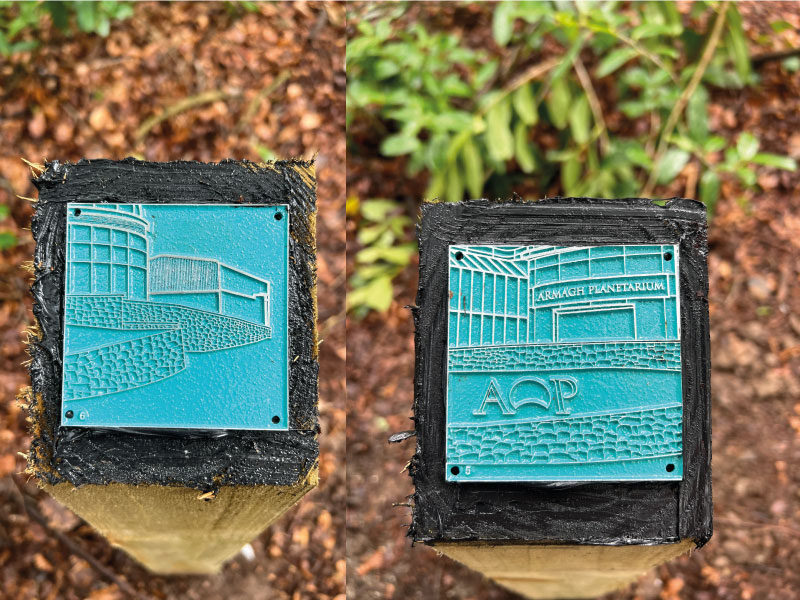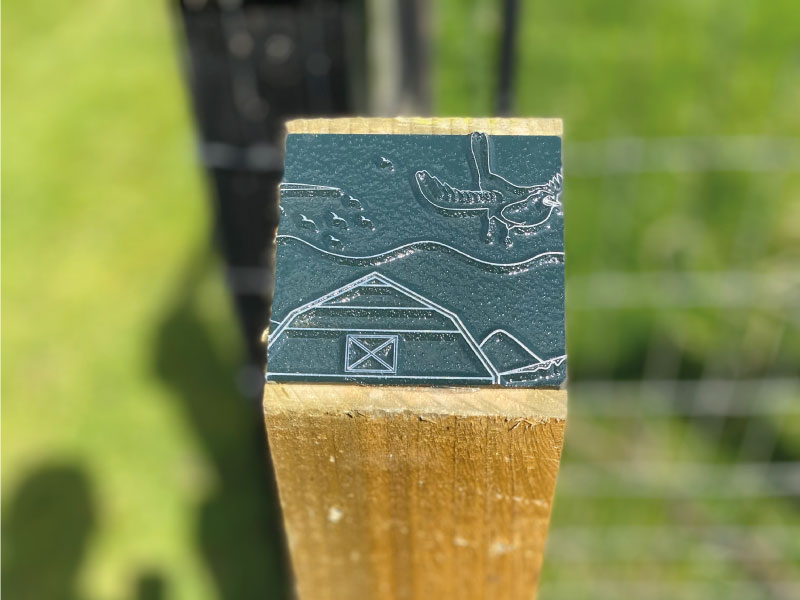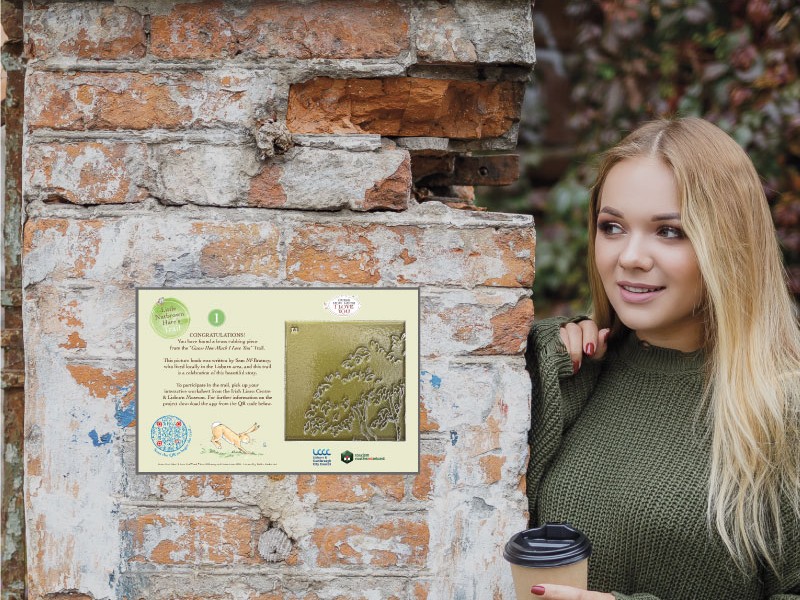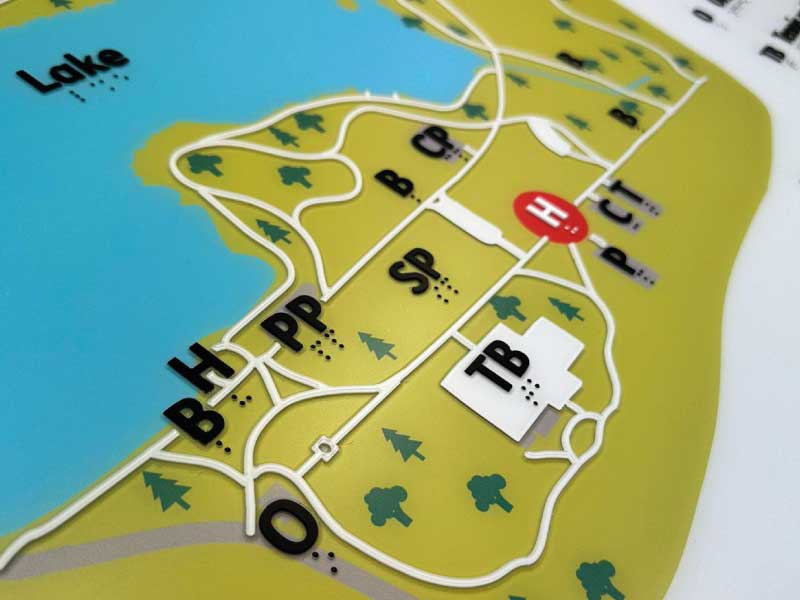Trail Planning
A critical element of the process
A Positive Impact on the Environment
Trail planning is critical to creating sustainable, well-designed paths harmonising with the environment. Utilising the right mapping software and adopting a meticulous approach to trail design can minimise the impact on natural ecosystems, promote conservation efforts, and provide a safe and enjoyable experience for trail users. In this article, we will explore the importance of trail planning, the role of mapping software in the process, and how a well-designed trail positively impacts the environment.
The Significance of Trail Planning
Environmental Preservation: Effective trail planning ensures that trails are carefully designed to avoid sensitive habitats, minimise erosion, and protect water sources. Considering an area’s ecological and geological features, we can create trails that coexist harmoniously with the surrounding environment.
Resource Conservation: Thoughtful trail planning helps conserve natural resources. By utilising existing trails and minimising the need for extensive construction, we can reduce the consumption of materials, energy, and water associated with trail development, thereby minimising our ecological footprint.
Mitigating Human-Wildlife Interactions: Proper trail planning considers wildlife corridors and habitats, allowing for the safe movement of wildlife and minimising disturbances to their natural behaviour. This supports the overall conservation efforts and helps maintain healthy ecosystems.
The Role of Mapping Software in Trail Planning
Accurate Data Collection: Mapping software enables trail planners to collect and analyse real data, including topography, land cover, and hydrological features. This information is crucial for understanding the landscape and making informed decisions during the trail planning process.
Route Optimisation: Mapping software allows for efficient route planning, considering the terrain, accessibility, and environmental sensitivity. By optimising the trail route, we can minimise environmental impact and maximise the overall trail experience.
Collaboration and Communication: Mapping software facilitates collaboration among trail planners, landowners, and stakeholders. It allows for easy sharing of information, feedback, and real-time updates, ensuring that all parties are involved and informed throughout the planning process.
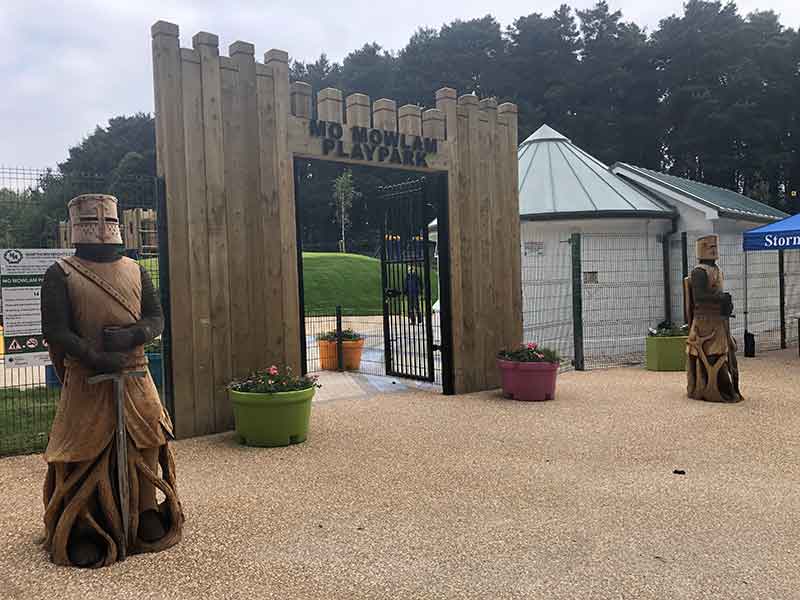
The Impact of Well-Designed Trails on the Environment
Soil and Erosion Control: A well-designed trail incorporates erosion control measures, such as proper grading, drainage systems, and vegetation management. These measures help prevent erosion and maintain soil health, safeguarding the surrounding ecosystem.
Water Conservation: Proper trail design considers the impact on water bodies, ensuring that trails are positioned to minimise sediment runoff and protect water quality. This helps preserve aquatic habitats and supports water conservation efforts.
Vegetation and Wildlife Protection: Well-designed trails incorporate measures to protect vegetation and wildlife. This may include designated buffer zones, signage to educate visitors, and boardwalks or bridges to minimise trampling on sensitive vegetation or disturbing wildlife habitats.
Long-Term Sustainability: A well-designed trail is built to last and requires minimal maintenance over time. This reduces the need for ongoing construction, which can disrupt ecosystems, and conserves resources in the long run.


